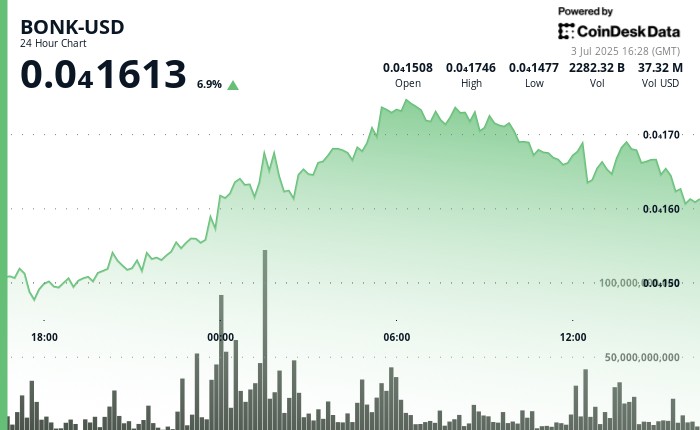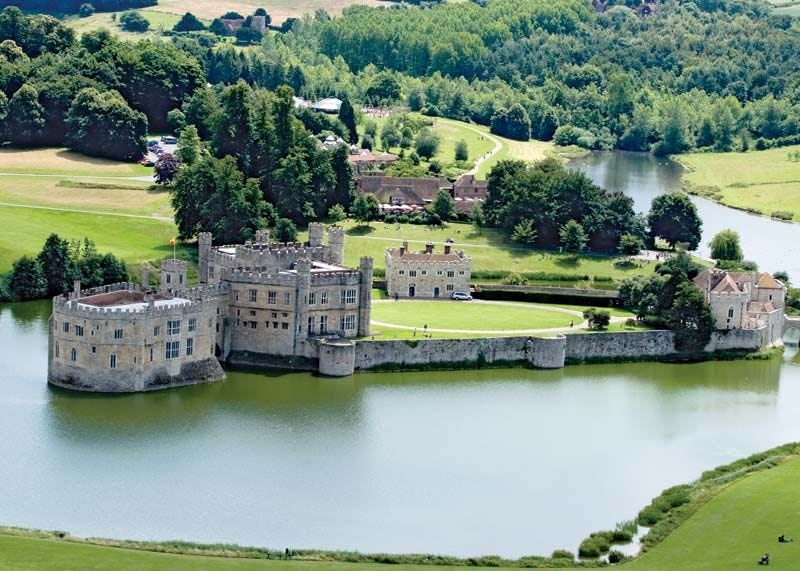How To Talk About 'Jurassic World Rebirth' With Your Kids
Jurassic World Rebirth is now in theaters nationwide, and dinosaur enthusiasts of all ages are chomping at the bit to see the latest thriller. Besides the magic that went into bringing dinosaurs to life on the big screen with 1993's Jurassic Park, fans have been intrigued by the science behind the idea.
“I think I was 11 when I saw the first Jurassic Park, and, at that formative age, how can you not be excited and inspired?" says Ben Lamm, CEO and founder of Colossal Biosciences. "I've always been a fan of dinosaurs as a kid. And, as an adult, I feel like you never lose that sense of wonder around dinosaurs."
Lamm considers his company’s work as sort of a “reverse Jurassic Park” with a conservation focus. As the filmmakers were hard at work in 2024 bringing dinosaurs back for the new film, Lamm's de-extinction company brought back the Dire Wolf, a species that hasn’t roamed the Earth in over 10,000 years.
Since a very similar scientific process to the one described in the Jurassic movies was used to bring the Dire Wolf back, Gareth Edwards, director of Jurassic World Rebirth, even approached Lamm to discuss the process.
Here, Lamm addresses film fans' questions about how plausible seeing a T. rex in person could be.
Lamm, who recently spoke at the 75th annual Aspen Ideas Festival on his latest work, Fire, Fusion, and the Dire Wolf: Science on the Cutting Edge, says he was convinced his company's work would inspire today’s youth, just like Jurassic Park inspired him. Their aim is to develop technologies for human health care and conservation, as well as inspire the next generation of scientists and geneticists.
So, how can parents explain the Jurassic World science to kids? Lamm suggests starting with cells and DNA, which he says work the same way computer code does.
“Generally speaking, this younger generation understands computers,” notes Lamm. “They understand there's a thing that's called software, and they understand that there's something that's underlying it. DNA is like the computer code that makes an animal alive, and tells it what to look like, and how to behave.”
Using advanced technologies, geneticists took preserved specimens (in this case, from Dire Wolves) that are thousands of years old, stitched their "codes" together, and compared them with the codes of living wolves.
After understanding the differences in their codes, scientists plugged those differences into the computer code of today's wolves and made cells that have all the traits of a Dire Wolf.
A movie fan might think the cloning process sounds very similar to how Mr. DNA explained it in Jurassic Park. But Lamm says it's actually a bit different.
In the movie, they take ancient dinosaur DNA (which doesn’t actually exist), and try to plug in all of the holes with the code of close living relative species, like frogs and birds. Lamm’s company is doing the opposite.
For example, the Wooly Mammoth–which they plan to de-extinct next–has a 99.6% genetic similarity to an Asian elephant. So, instead of trying to plug all the holes in the mammoth genome, Lamm's company will just edit the main differences of the Asian elephant.
Doing it this way allows them to make tens to hundreds of edits to bring back an extinct or endangered species, versus having to make possibly millions of edits to achieve that same result the other way.
“So, we think that Jurassic Park did a really good job. It's just, we think we're trying to do it 100% more efficiently,” Lamm claims.
He also says he often gets targeted with memes using one of the many iconic lines from Dr. Ian Malcolm:
Universal Pictures
To that critique, Lamm responds lightheartedly with, “You can say that hubris and greed led to the demise of the island and the destruction of John Hammond's dream. But you can't say that movie didn't educate the world. [It] did such a good job with 'Mr. DNA’ explaining the science so dads and moms everywhere now know there's this twisted ladder of letters called DNA. The world knows that genetic engineering is a thing. And that's pretty cool, that a sci-fi movie could do that.”
With Jurassic World Rebirth, Edwards and the team at Universal Pictures saw an opportunity to bridge the reality gap with Colossal and make the science and technology feel plausible. Lamm says the team felt good about capturing the imaginations of parents and kids seeing the film, but they also wanted it to make sense.
“And so, they approached us about 'How can we collaborate with you to not just entertain people, but to also educate?'” Lamm reveals. “I think's awesome for a Hollywood studio to care enough to educate people and get people excited about science.”
Lamm describes Edwards as being "full of wonder and questions", asking, “Can you really get DNA from amber?" and "Is it possible to bring dinosaurs back?”
Lamm's answer? "One, amber is a very porous material. It was formed in hot places. Dinosaurs, went extinct between 65 and 67 million years ago, and the oldest DNA that's been recovered is about 2 million years old. And, because DNA degrades very, very quickly when it [leaves] the body of any animal, there is unfortunately no dino DNA."
He explains that since it's highly unlikely any DNA survived in a steady-enough temperature to preserve it for 65 million years, the chances we will ever discover true dinosaur DNA are low.
“So, while I think it's impossible to de-extinct a dinosaur, it will probably be possible, in our lifetimes, to engineer something that looks like a dinosaur and even has the underpinnings of a dinosaur from a code perspective,” Lamm adds.
Lamm theorizes that computers and AI simulation would play a huge role in bringing a species like dinosaurs into our present. Since the process wouldn't involve exact DNA codes, like with the Dire Wolf, any new dinos would be a little "off." But, he says a lot of the dinosaurs in the new film, "are engineered, and not full de-extinct dinosaurs, anyway.”
Though the geneticists that work in Lamm's lab didn't do so because they wanted to bring back dinosaurs, he says Jurassic Park had a major impact on them in their formative years, and continues to inspire them to push boundaries.
He thinks inspiring kids is just as important as creating impact through their work in technology and conservation. So if your little future scientist has a code primed for some inspiration, a trip to the theater to see Jurassic World Rebirth might be just what they need.










